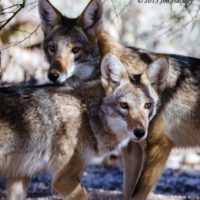
Every year about this time, I remember fondly of the days when my brother and I would put our Christmas mugs filled with eggnog and cookies out for Santa on Christmas eve. Every Christmas I pull out my little mug and have a mug full of eggnog to honor those long gone days.
Since I am getting about a dozen eggs every two days, I thought it would be fun to make my own eggnog. My first attempt was a total failure. This recipe is not as heavy as store-bought eggnog which I like. Don’t let your milk and egg mixture get too hot.
Ever wonder where eggnog came from? How it came to be?
While culinary historians debate its exact lineage, most agree eggnog originated from the early medieval Britain “posset,” a hot, milky, ale-like drink. By the 13th century, monks were known to drink a posset with eggs and figs. Milk, eggs, and sherry were foods of the wealthy, so eggnog was often used in toasts to prosperity and good health.
Eggnog became tied to the holidays when the drink hopped the pond in the 1700s. American colonies were full of farms—and chickens and cows—and cheaper rum, a soon-signature ingredient. Mexico adopted the very eggnog varietal “rompope,” and Puerto Rico enjoys the “coquito,” which adds coconut milk. The English name’s etymology however remains a mystery. Some say “nog” comes from “noggin,” meaning a wooden cup, or “grog,” a strong beer. By the late 18th century, the combined term “eggnog” stuck.[1. Time magazine,
Egg Nog
- 12 large egg yokes (room temperature)
- 1 1/2 cups white sugar
- 4 1/2 cups whole milk
- 1 1/2 cups half and half
- ground nutmeg
- 1 1/2 tsp vanilla extract
-
Using stand mixer fitted with whisk, whip egg yolks on medium-high speed until thickened and pale, about 1 minute. Gradually add sugar and whip until completely dissolved, scraping down bowl as needed, about 2 minutes; reserve.
-
Heat milk and half-and-half just to simmer in medium saucepan over medium heat. Using stand mixer fitted with whisk, whip reserved yolk-sugar mixture on medium-low speed, gradually adding hot milk mixture until combined, about 2 minutes. Transfer mixture to now-empty pot and cook over medium heat, whisking constantly, until mixture registers 160 degrees, about 30 seconds.
- Off heat, stir in whiskey, 2 teaspoons nutmeg, and vanilla and transfer to large container. Let cool over ice bath, about 10 minutes. Refrigerate until well chilled, about 1½ hours. Season with nutmeg to taste. Serve.
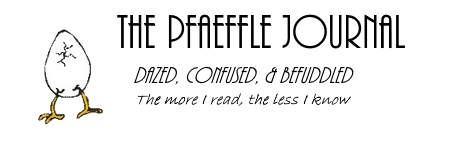
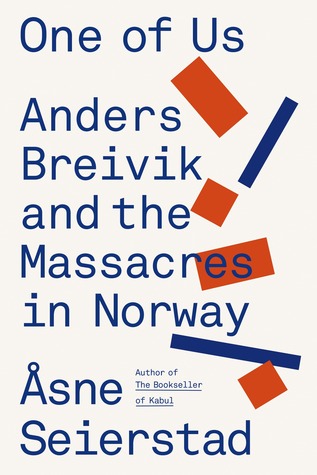
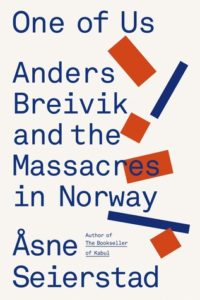 One of Us: The Story of Anders Breivik and the Massacre in Norway by
One of Us: The Story of Anders Breivik and the Massacre in Norway by 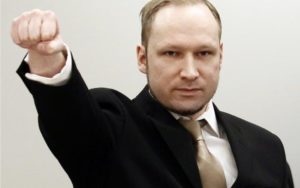
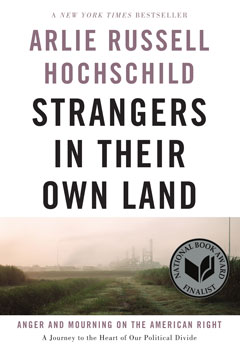
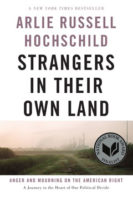 Strangers in Their Own Land: Anger and Mourning on the American Right by
Strangers in Their Own Land: Anger and Mourning on the American Right by 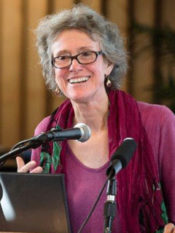
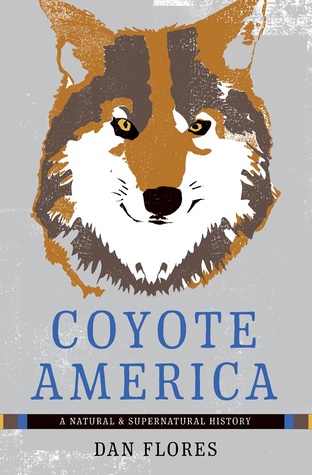
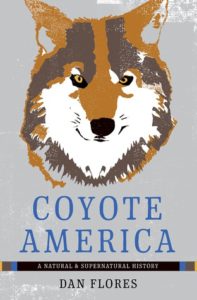 Coyote America: A Natural and Supernatural History by
Coyote America: A Natural and Supernatural History by 